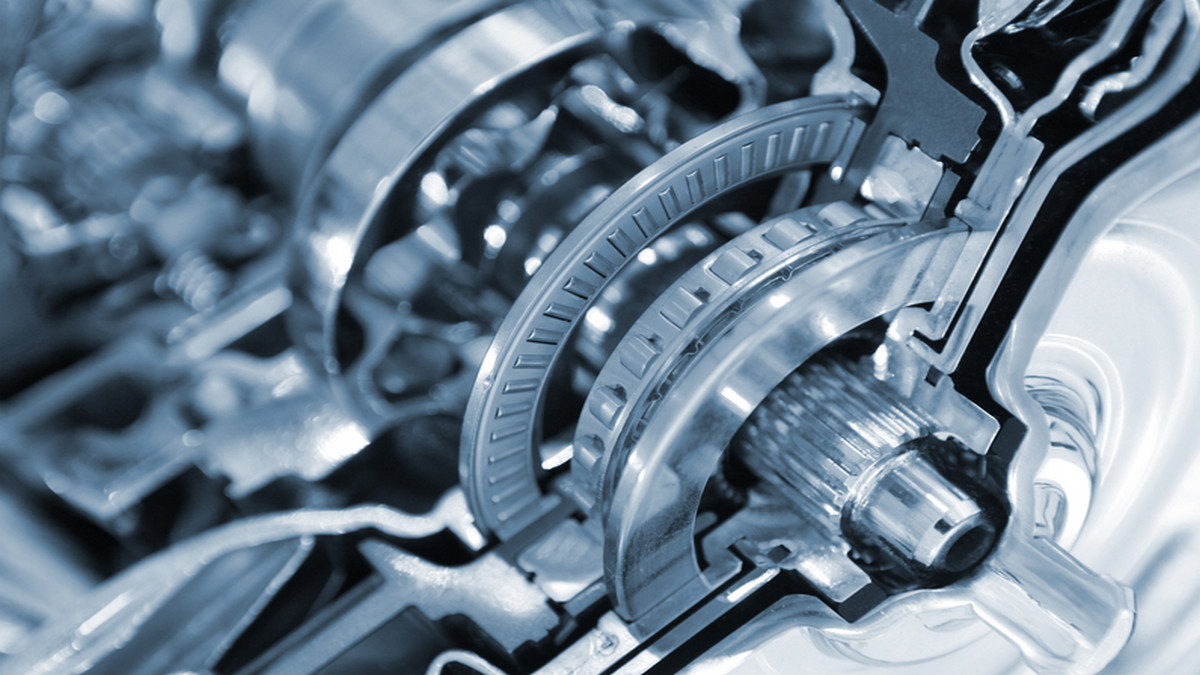If you own a manual or CNC lathe, or if you are thinking about buying your first lathe, you may think about what types of the lathe are more suitable for you.
The lathe is a truly time-honored tool, used for hundreds of years to produce parts for machines, furniture, and many other items. As such a useful piece of equipment, it has benefitted from many modifications and advances to make lathes easier to use and able to make a larger range of items in less time.
Production Experiences
There is a lot of benefit to learning how to run a manual lathe; you get an understanding of how the machine works and how to use it in the best ways. Some people also really enjoy working with a manual lathe, and that’s great. But it takes time and a lot of work to become an expert at using a lathe, and this can lead to wasted time and materials if your initial efforts don’t pan out. Also, the level of your skill can limit what you are able to make, which is a problem if you need a lathe to produce specific parts for a hobby or business.
A CNC lathe allows you to do complex machining with less experience because the computer controls the machine in order to make complicated cuts. If you want to work on your manual lathe skills, there’s nothing stopping you, but in the meantime, using a CNC lathe, you wouldn’t be limited to what you can do manually.
Production Costs
A CNC lathe may cost more than a manual lathe, which is a definite consideration. In addition to the lathe itself, you also need a suitable computer to run the software, which is an additional cost. If you spend more money upfront, though, you may easily be able to recoup those costs – may be more – by saving time on production runs. This is especially true if you need to create a large number of parts or if you make highly complex parts. Instead of being tied to the lathe for hours, you can design the parts you need and let the computer handle the controls, freeing up your time for other work. Increased accuracy can also mean less wasted materials because your parts will be created correctly the first time.
Finding an Experienced Manual Lathe and CNC Lathe SuppliersWorking with a manual machine often takes more skill than a CNC machine, which can control for accuracy on its own. Given this need for the enhanced skill, the final benefit of manual machining is the knowledge that you are most likely working with a more skilled machinist than a professional exclusively experienced with CNC machines. The digital world does provide for enhanced convenience and speed, but some jobs require a hands-on approach. An experienced, skilled machine shop that can take on both manual and CNC jobs ensures your project is in good hands, no matter what kind of approach it may require.
In Summary
Utilizing manual machines allows machinists to do everything CNC machines cannot do on a convenient basis. For example, when CNC machines are busy running large orders, additional jobs can be taken with the help of manual machines – especially when those projects are short orders. It is not worth programming a CNC machine for a job that only requires a single machined part. With the time it takes to set up a CNC machine before a job, simply finishing the piece on a manual machine is a better use of both time and money. By incorporating manual equipment in a machine shop, the entire operation can run more efficiently, without a machinist having to restrict services to either large or small runs.
Cost is also a factor when considering working on a CNC or manual machine. Manual machines are significantly cheaper to purchase, which helps a machine shop control its overhead and keep prices low. A willingness to do some orders manually can not only help an operation take on extra work, it allows them to do so relatively inexpensively. Ideally, that cost-savings can be transferred to the customer.







.png)






